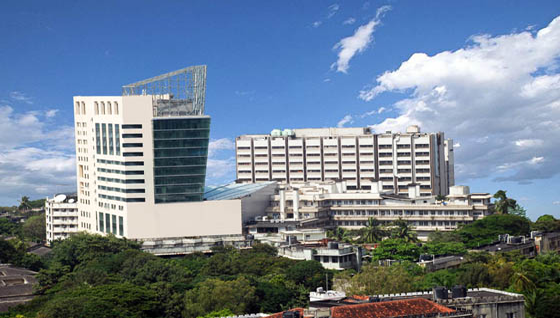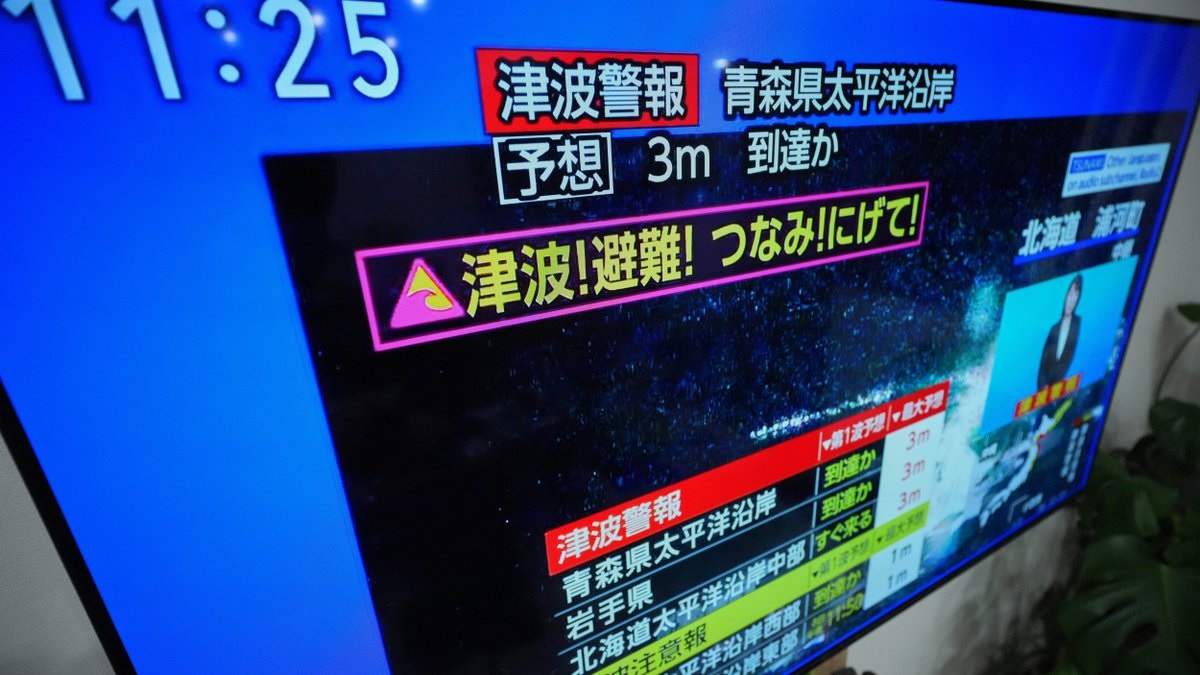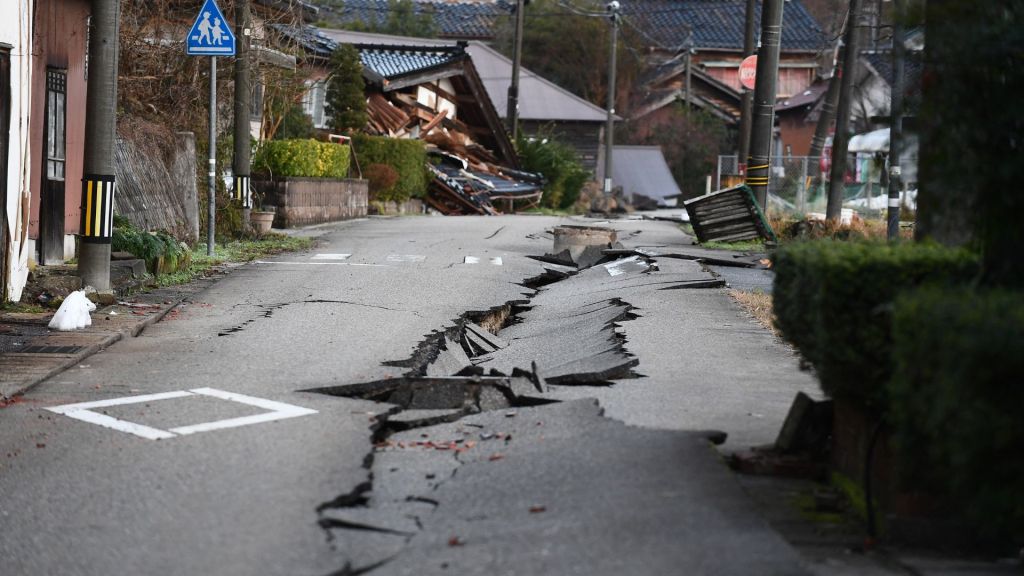Fighting Cancer in Asia: Top 5 Treatment Hubs by Access and Innovation

Cancer is one of the leading causes of death in Asia, accounting for over half of the world’s cancer deaths. Rising urbanization, aging populations, tobacco use, and changing diets have led to a surge in cases of breast, lung, colorectal, cervical, liver, and stomach cancers. Early detection remains critical—yet many people delay screenings due to cost, stigma, or lack of awareness.
Health experts recommend that:
-
Women over 40 undergo annual breast exams and mammograms.
-
Men over 50 consider prostate screenings.
-
Colorectal cancer screening is advised for both sexes over 45.
-
Pap smears should begin at 21 and HPV vaccines are crucial for cervical cancer prevention.
-
Regular lung scans are recommended for smokers or people exposed to high pollution.
Getting checked early significantly improves survival. Here are five leading cancer care hubs across Asia offering accessible, affordable, and innovative treatment options—with key data on cost, access, and expertise.

1. Thailand – Chulabhorn Hospital & Imcranib 100
Local Drug Breakthrough:
In July 2025, Thailand launched Imcranib 100, a domestically produced generic version of imatinib, designed to treat chronic myeloid leukemia (CML), gastrointestinal stromal tumors (GIST), and Philadelphia chromosome–positive acute lymphoblastic leukemia (Ph+ ALL). The drug was developed by Chulabhorn Royal Academy and approved by the Thai FDA for nationwide rollout.
Imcranib is part of a larger push to reduce reliance on expensive imported oncology drugs. The hospital is also introducing real-time monitoring platforms to track patient outcomes and medication safety.
Prevention & Early Action:
Thailand has seen a rise in liver, breast, and lung cancer. Experts stress that first-line defense begins with awareness, annual checkups, and screening programs—especially in rural provinces where diagnosis often comes too late.
Cost Insight:
-
Imcranib 100: Around $28 per tablet, compared to $2,800–$3,000 per month for imported versions like Gleevec.
-
Chemotherapy course: Roughly $2,000–$5,800 depending on cancer type and treatment plan (LUMA Health).
-
Targeted therapy injections: Imported drugs like trastuzumab can cost $2,700 per dose or more.
Summary: Thailand’s investment in domestic pharmaceuticals is helping lower the cost barrier for effective cancer care, with particular focus on leukemia and solid tumors.

2. India – Tata Memorial Centre (Mumbai & National Network)
National Anchor for Oncology:
The Tata Memorial Centre (TMC) is India’s most advanced cancer hospital network, treating over 120,000 new patients annually across 10+ institutions. It pioneered government-funded programs for bone marrow transplants, proton therapy, and CAR‑T cell trials.
Accessibility & Affordability:
About 60% of patients receive care for free or at subsidized rates under government schemes. The center handles all major cancers, with specialized units for pediatric oncology, head-and-neck surgery, and breast cancer.
Estimated Treatment Costs (in USD):
-
Chemotherapy (per cycle): $240+
-
Cancer surgery: $1,800–$5,400
-
Radiation therapy: $30–$55 per session
-
Proton therapy (full course): $12,000–$36,000
Summary: With cutting-edge technology and national reach, TMC offers affordable, world-class treatment—particularly for middle- and lower-income patients across India.

3. India (Regional Centers) – RCC Thiruvananthapuram & Kidwai Memorial Institute
Decentralized Care Excellence:
-
Regional Cancer Centre (RCC), Kerala: Treats about 16,000 new patients per year, offering heavily subsidized chemo and imaging.
-
Kidwai Memorial Institute, Bangalore: Known for affordable access to chemotherapy and radiation, and partnerships with research institutions.
These centers fill critical gaps in India’s cancer care map by offering accessible care outside major metros.
Summary: Regional centers are vital for early intervention and low-cost care, especially for cervical, oral, and breast cancers in underserved populations.

4. China – Sun Yat-sen University Cancer Center & Shanghai Cancer Center
Innovation & Capacity:
China’s cancer burden is massive—but so is its investment.
-
Sun Yat-sen University Cancer Center (SYSUCC) and Fudan University’s Shanghai Cancer Center offer state-of-the-art treatment in immunotherapy, early diagnostics, and genetic screening.
-
China also leads in AI-based pathology, precision oncology, and pharmaceutical research.
Cost Overview:
While exact figures are difficult to generalize due to provincial price variation:
-
Private care may range from $10,000–$30,000 for comprehensive treatment.
-
Public insurance schemes now cover a growing range of drugs and diagnostics, especially for lung and liver cancers.
China’s largest cancer hospitals are fast becoming global leaders in clinical trials and research—but affordability remains inconsistent across regions.

5. India – KGMU Lucknow (HIPEC & Advanced Radiation)
Specialized Cancer Interventions:
-
HIPEC (Hyperthermic Intraperitoneal Chemotherapy) for advanced abdominal cancers is available at King George’s Medical University (KGMU) for just $360—a procedure that can cost over $8,000 elsewhere.
-
Cama Hospital, Mumbai recently resumed free radiation therapy using a government-funded linear accelerator.
Pediatric Innovation:
In 2025, Tata ACTREC delivered India’s highest-dose pediatric radiation for neuroblastoma, slashing treatment costs by using intensity-modulated radiation therapy (IMRT) efficiently.
Government-led programs in cities like Lucknow are bringing advanced treatments to patients at a fraction of global costs.
Cancer is still a formidable health challenge—but Asia’s public hospitals, domestic drug production, and regional innovation hubs are making care more accessible. Countries like India, Thailand, and China are building models that others can learn from: blending cost efficiency with medical excellence. For patients, early screening, asking the right questions, and exploring treatment aid programs can make a life-saving difference.






















